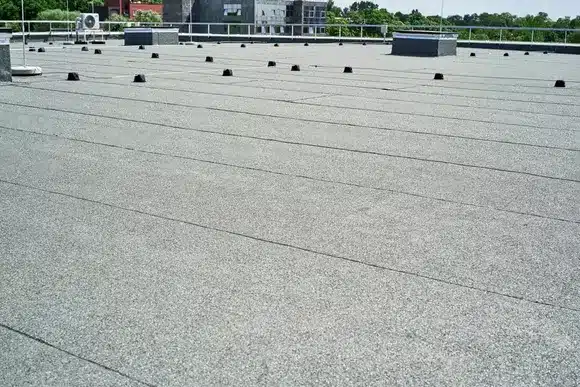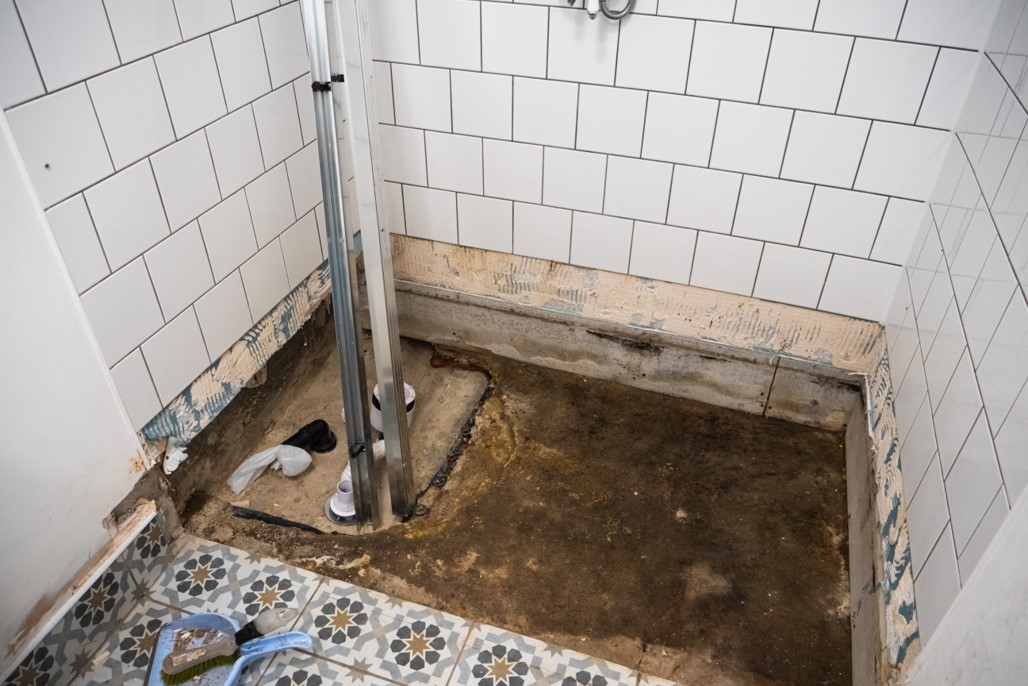Waterproofing is crucial in preserving the integrity and value of homes and businesses. Poor waterproofing can lead to leaks, mould, and harmful growths in the concrete.
These issues could risk safety, decrease property value, and render the property unfit if neglected. Spotting and addressing waterproofing issues early can ensure your property remains in excellent condition.
While the cost of waterproofing may constitute only 2% to 5% of a building’s total expense, it’s noteworthy that flawed waterproofing can account for nearly 80% of all construction-related problems. The consequences of a failed waterproofing system are severe and cause the following:
Waterproofing failure is more likely to occur on upper levels of multistory buildings. This is because of puddles accumulating on the roof. Flat roofs are particularly vulnerable to water accumulation, leakage and structural damage from rain.
Let’s take a closer look at other causes of waterproofing failure:
The construction industry frequently grapples with a common waterproofing problem: restoring a flat roof that has previously failed. Identifying a waterproofing solution that accommodates all relevant considerations is far from a straightforward task.
Should the elements of the roof prove faulty, or if the overall construction isn’t up to par, water could find its way into the building. This could cause the insulation to lose its heat-retaining capacity, substantially diminishing the comfort level for those inside the building.
The cost of roofing repairs required to restore the roof’s waterproofing integrity is usually costly. Diagnosis of the issues isn’t always easy, there are many possible causes for water accumulation, including the following:
Roof and plumbing systems and water and weather-exposed surfaces like windows should be part of your regular maintenance inspections for leakage.
The best way to find leaks and cracks early is through a complete building examination. Check key areas such as rooftops, balconies, and living and working spaces, even if they are far from any water.
At least once every six months, strata buildings and commercial premises should conduct a thorough check of their roof, paying particular attention to the flashing, valleys, and other potential entry points for water. In addition to cracks and leaks, check for stains during an inspection.
Quick action and corrective waterproofing can save you money and keep your building from losing value, so don’t ignore the minor leaks.
Working with professional waterproofing engineers and contractors will increase the likelihood of a successful project. Do not attempt a DIY solution; rather, have a professional waterproofing consultant assess the situation and have them advise on the necessary repairs.
Experts know what to use and how to apply the membrane so that it protects against water seepage and provides ongoing protection.
When waterproofing fails, a building’s safety and worth are compromised. These problems usually stem from shoddy work – using the wrong product or improperly installing the membrane.
When you perform routine inspections and corrective waterproofing, you can prevent minor leaks and concerns from developing into significant catastrophes.
Being in the remedial waterproofing industry for over a decade, MJ Engineering Projects has established itself as Sydney’s go-to for superior waterproofing solutions.
Discover more about our remedial waterproofing services and get in touch with our team today.

The construction industry offers an array of waterproofing systems for designers and installers to cater to project specifications.

While quality is undeniably crucial, an efficient and cost-effective waterproofing project relies on a number of factors, not solely limited to high-quality workmanship.

Strata managers, tasked with handling all administrative and facilities management functions, often require various building maintenance and construction specialisations. Among these diverse needs, strata waterproofing stands as one crucial service.